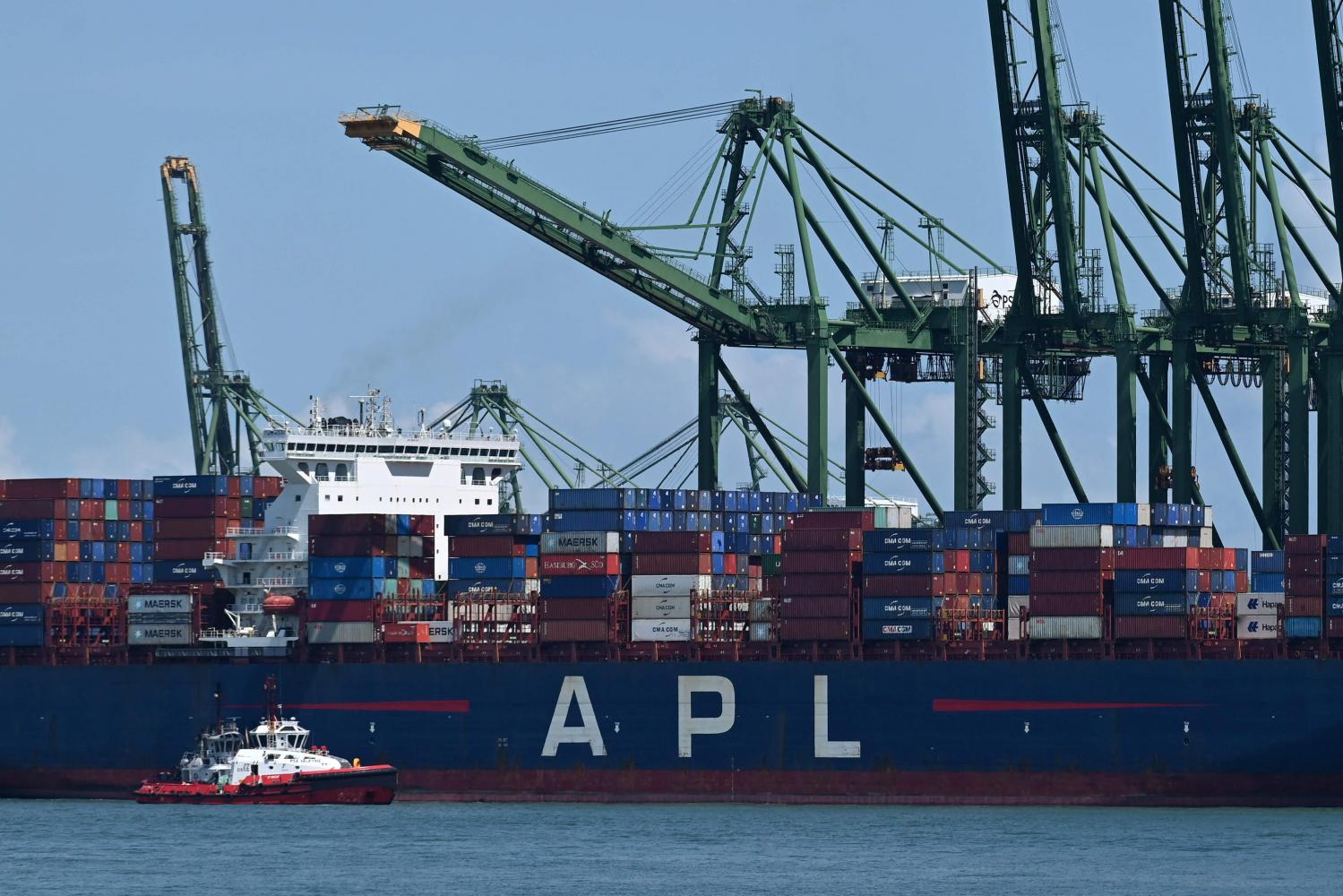
The Suez Canal blockage in March showed us how vulnerable world trade is to disruptions in global supply chains. It came at a time when businesses were still coming to grips with the chaos caused by months of Covid-related lockdowns and border control measures.
Businesses globally have been compelled to reconsider how their supply chains should be configured, and to look for ways of mitigating risks and improving supply chain flexibility, resilience and diversification.
Southeast Asian nations are poised to benefit greatly from this resilience and diversification drive. Asean partners such as Australia, the European Union, India, Japan and the United States are all looking to forge stronger trade links with Asean.
The increasingly affluent consumer markets across Southeast Asia -- home to around 650 million people -- are another draw. According to the European Commission, Asean is currently the eighth largest economy globally.
Asean nations have emerged in the last three decades as attractive manufacturing locations, and businesses now want to diversify their supply chains and production capabilities by expanding their manufacturing presence in Southeast Asia.
This trend was given a further push by the US-China trade war during the Trump administration, which led many companies to shift some operations from China to avoid financial losses from tariffs and business instability.
In the bigger picture, protectionist measures and geopolitical animosities have prompted a structural reconfiguration of global supply chains, such as alternative sourcing, production activities and transport modes.
Some businesses are "reshoring" -- bringing some or all production back to the country where they are headquartered -- and regionalising their supply chains to safeguard operational efficiency and mitigate the impact of any future crisis.
In Indonesia, Hyundai is currently constructing a US$1.5-billion assembly plant just outside Jakarta, which would be the South Korean automaker's first manufacturing plant in Southeast Asia. This strategic move primarily reflects Indonesia's huge potential, being the largest economy in Asean, and having the fourth highest population (276 million) globally. PwC expects that in 2050, Indonesia will be the fourth-biggest economy in the world.
Indonesia also took its relationship with the United Kingdom to a new level with the signing in April of a memorandum of understanding on a Joint Economic and Trade Committee, which will further enhance trade and collaboration.
The Vietnamese government, meanwhile, is advancing and promoting high-tech manufacturing to help the country move up the value chain.
Vietnam is an attractive destination, with good governance (and the political stability that comes with one-party rule), relatively low wages and several free trade agreements -- including a pact with the EU that took effect last August -- that help businesses lower their costs.
At the Asia and Pacific High-Level Conference on Belt and Road Cooperation held last month, Singapore's foreign minister emphasised on the significance of enhancing supply chain resilience to ensure the continuous movement of goods.
For example, the New International Land-Sea Trade Corridor, an initiative between Singapore and China, has ensured better trade connectivity and established itself as a credible and reliable alternate route for Singapore.
Asean partners can further expedite trade by joining the Asean Single Window, which will simplify the customs clearance process.
Also noteworthy was a the inauguration in April this year by Australia, India and Japan of the Supply Chain Resilience Initiative. The three nations are considering including Southeast Asian countries in order to to improve and streamline current trade instruments, and to help prevent any potential disruptions to supply chains.
Other than Australia, India and Japan, Asean also has close ties with its western partners such as the United States and the EU. According to the Japan Maritime Center, container volume from Southeast Asian countries to the United States increased by 16.1% last year, compared with just 2.4% for containers from China. As of January 2021, Asean accounted for 23.3% of the US-bound shipping market.
Evidently, the US-China trade war and the pandemic have both influenced American firms in deciding to shift their production facilities from China to Asean nations.
The European Union, meanwhile, has successfully negotiated bilateral trade agreements with Singapore and Vietnam. Talks with Indonesia are currently ongoing. Asean is the EU's third biggest non-European trading partner, but an FTA between the two blocs is seen as difficult to achieve, and the EU has expressed a preference for bilateral deals for now as EU exporters seek greater access to Southeast Asian markets.
After the pandemic, globalisation will never be the same again, with huge transformations in the way societies and economies function. Nevertheless, if Asean can recover its pre-pandemic economic performance, it is expected to become the fourth-biggest economy globally by 2030.
Effective cooperation -- with each other and with allies and partners farther afield -- has always been fundamentally important for the Asean bloc. Strengthening supply chains, trade links and connectivity is an essential part of this cooperation.
By working together, Asean can solve the region's socio-economic challenges, ensure supply chain resilience and eventually achieve a speedy and sustainable economic recovery.
Ong Bo Yang, currently a Master of Science student at the University of Warwick, majoring in Programme and Project Management, has written for Asean newspapers including The Phnom Penh Post, The Myanmar Times, The Business Times and VnExpress.